I decided to read this short book published by C3.ai that is focused for managers. The book focuses on concepts and gives you the basic nomenclature to understand how these type of initiatives are implemented. Later, when you review the product list of C3 company, you realize where they are classified in terms of the standard AI classification.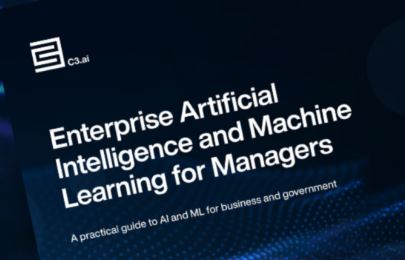
Below, some notes of the concepts I would like to review in future.
The Author is Nikhil Krishnan, PhD.
Machine Learning categories
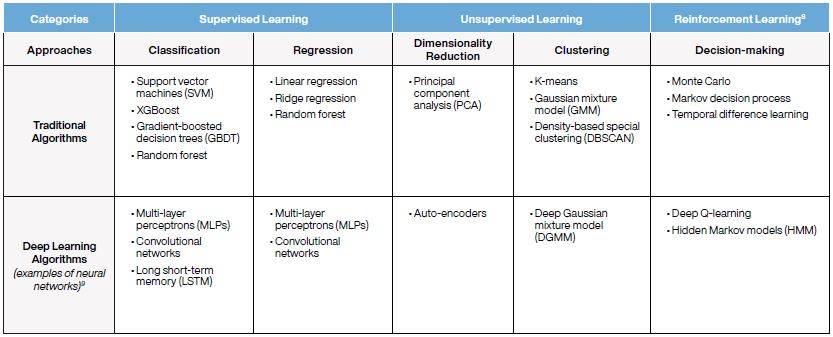
Main types of supervised learning
Supervised learning algorithms learn by tuning a set of model parameters that operate on the model’s inputs, and that best fit the set of outputs.
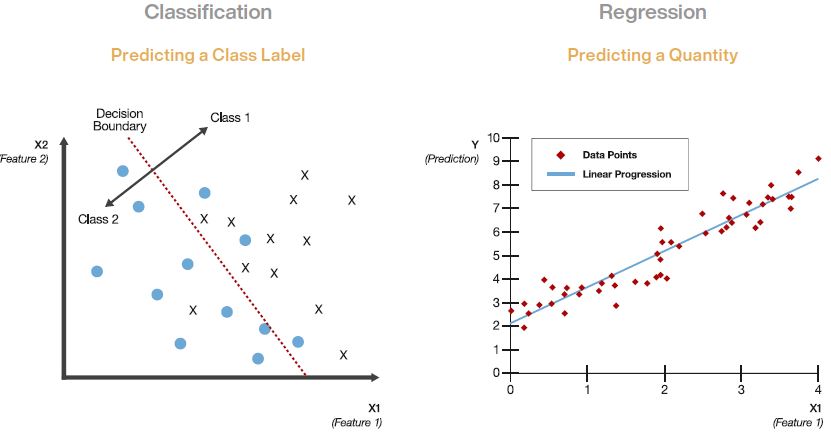
Unsupervised learning
Unsupervised learning techniques operate without known outputs or observations – that is, these techniques are not trying to predict any specific outcomes. Instead, unsupervised techniques attempt to uncover patterns within data sets.
Unsupervised techniques include clustering algorithms that group data in meaningful ways.
Clustering algorithms
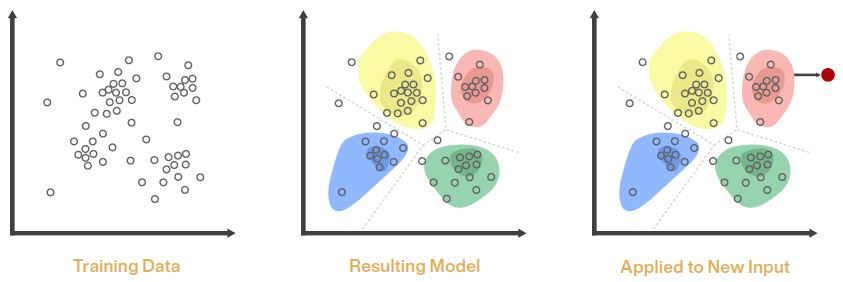
detect patterns in data to generate predictions.
Dimensionality reduction
Dimensionality reduction is a powerful approach to construct a low-dimensional representation of high-dimensional input data. The purpose of dimensionality reduction is to reduce noise so that a model can identify strong signals among complex inputs – i.e., to identify useful information.
High dimensionality poses two challenges. First, it is hard for a person to conceptualize high-dimensional space, meaning that interpreting a model is non-intuitive. Second, algorithms have a hard time learning patterns when there are many sources of input data relative to the amount of available training data.
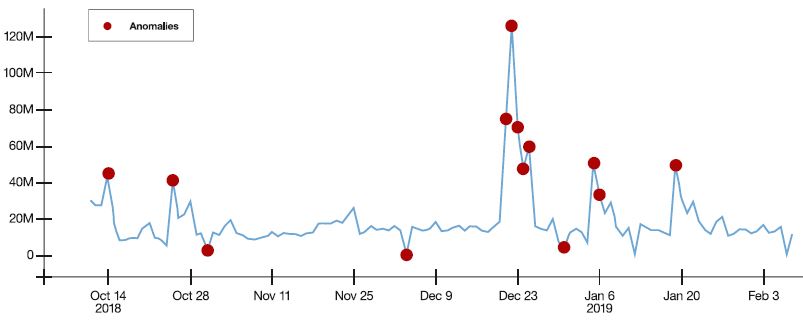
Reinforcement learning
Reinforcement learning (RL) is a category of machine learning that uses a trial-and-error approach. RL is a more goal-directed learning approach than either supervised or unsupervised machine learning.
Deep Learning
Deep learning is a subset of machine learning that involves the application of complex, multi-layered artificial neural networks to solve problems.
Deep learning takes advantage of yet another step change in compute capabilities. Deep learning models are typically compute-intensive to train and much harder to interpret than conventional approaches.
A deep learning neural network is a collection of many nodes. The nodes are organized into layers, and the outputs from neurons in one layer become the inputs for the nodes in the next layer.
